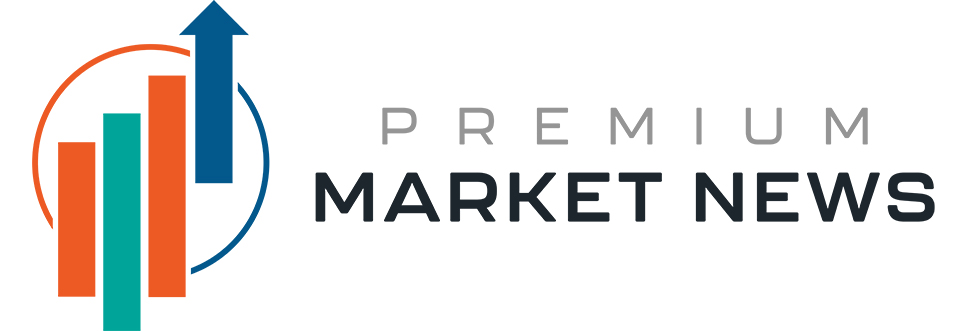This is The Takeaway from today’s Morning Brief, which you can sign up to receive in your inbox every morning along with:
Everything in moderation, even bad news.
Economic data this week — from inflation figures and jobs numbers to retail sales — resisted attempts to construct a clean narrative of where things are headed.
Consumer pricing pressures came in modest, even as producer inflation ramped up beyond forecasts. Labor data showed low firings, but little hiring. And on Friday, the July retail sales report, while slightly missing Wall Street’s lofty expectations, showed two consecutive months of growth, signaling that consumers are back to what they do best after a dramatic drop in spending this spring.
Even if it’s true that we are in a new era of a twitchy economy, where shocks, mini crises, and quick recoveries are the norm, we are also experiencing some degree of leveling off.
The consequences of a high-tariff regime are still sorting themselves out, but the latest retail sales data is another sign that whatever is happening in the economy appears to be doing so in an orderly fashion.
“The latest data suggest that while there is an undeniable resilience supporting the US economy, activity is not immune to these levels of uncertainty,” wrote economists at Wells Fargo in a Friday note.
Jobs numbers released at the start of the month provide the most unpleasant data, showing the US labor market added fewer jobs in July as the unemployment rate moved higher. Harsh revisions to previous months made things look even worse.
But those revisions tracked with retail sales sinking in April and May, alongside flagging sentiment. And since then, sentiment and sales have for the most part recovered ground.
Meanwhile, even if inflation pressures are showing a mixed bag, the Fed is on track to start cutting this fall. It’s almost undeniable the economy is slowing. But data this week shows that after a post-“Liberation Day” shock, the house is far from on fire. It just needs some regular maintenance soon.
Friday’s fresh consumer sentiment data from the University of Michigan does complicate the picture, even if it’s just a single reading of (soft) data. Sentiment soured in August for the first time in four months as Americans are once again growing antsy about where inflation is headed, with their year-ahead inflation expectations soaring to 4.9% in August from 4.5% in July.
On the other hand, “consumers are no longer bracing for the worst-case scenario for the economy feared in April when reciprocal tariffs were announced and then paused,” said Joanne Hsu, the survey director, in a statement.
Put another way, perhaps: Consumers see a steadying.
Critical interpretations of Friday’s retail figures, however, point to the lagged effects of tariffs. While spending may have rebounded, the true costs of the levies haven’t yet been borne by consumers. They contend that once full tariff prices make their way to pocketbooks, spending will take a hit.
“In the months ahead, the drag on consumer demand is expected to intensify, with demand destruction from higher tariffs likely to become more pronounced,” wrote EY-Parthenon senior economist Lydia Boussour in a note on Friday.
Once again, a divide between investors and economists, as an optimistic market remains focused on widely expected rate cuts and the collective belief that the impact of tariffs will be more modest than initially feared.
After record closes for the S&P 500 and Nasdaq earlier in the week, the Dow nearly clinched its own record high on Friday.
Click here for the latest economic news and indicators to help inform your investing decisions
Read the latest financial and business news from Yahoo Finance
Hamza Shaban is a reporter for Yahoo Finance covering markets and the economy. Follow Hamza on X @hshaban.
